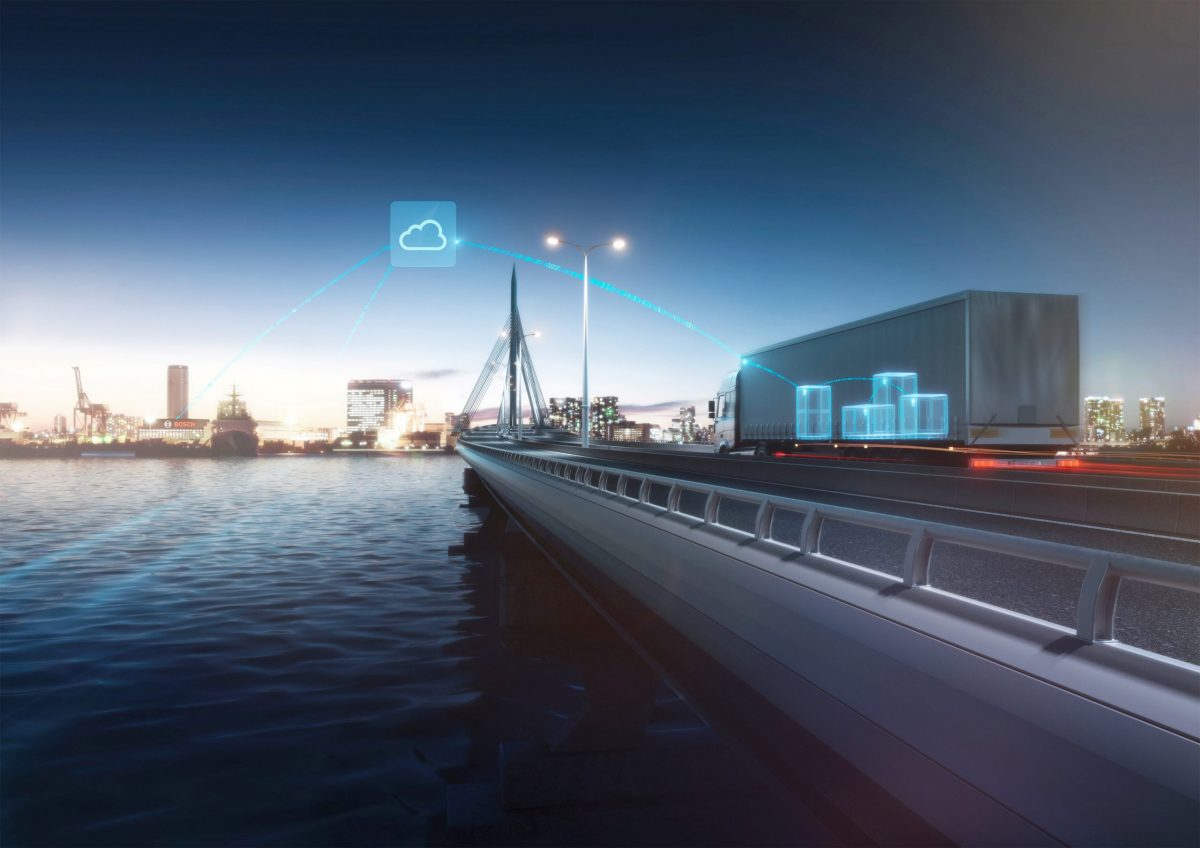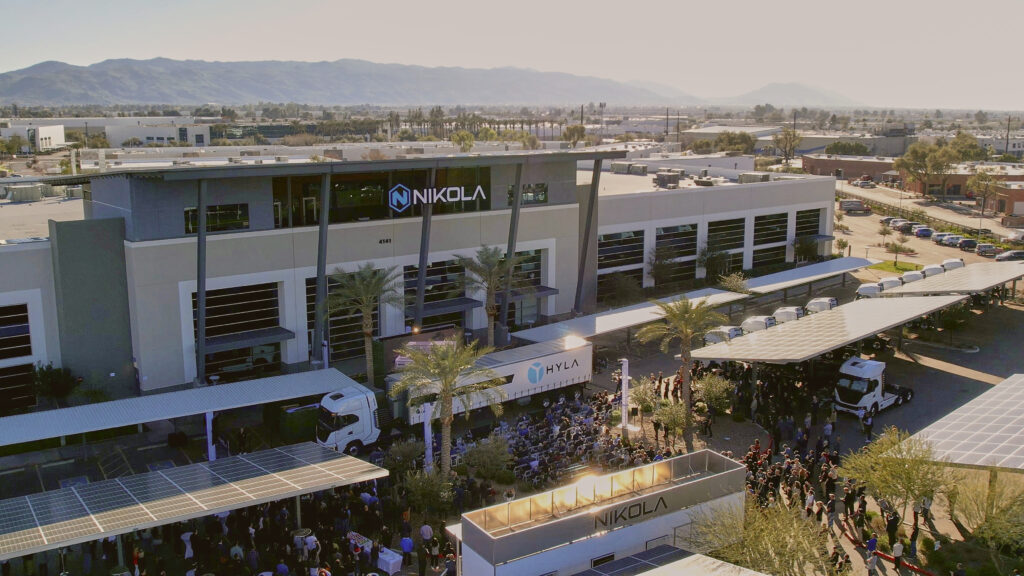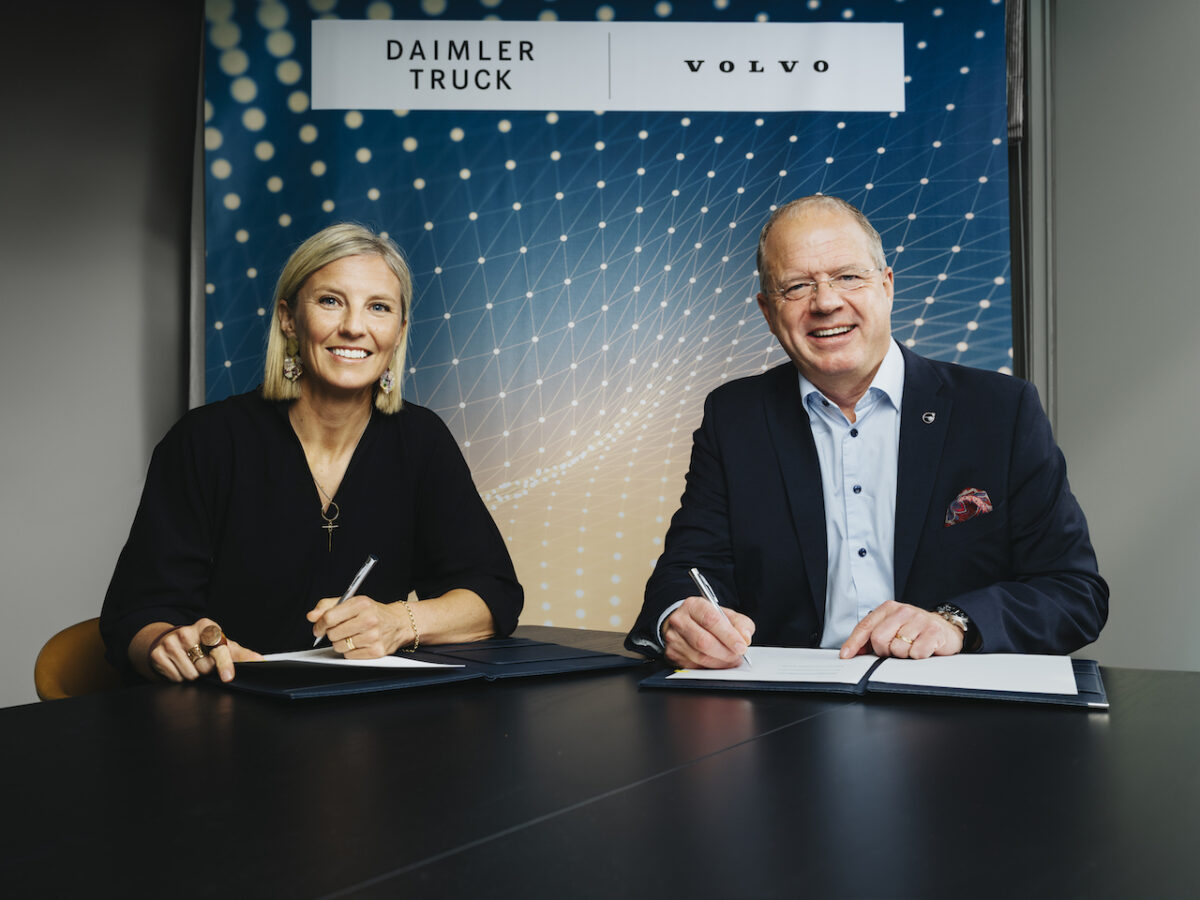When the Volkswagen Group confirmed the Traton IPO earlier this year, it sent a clear message: the time was right to begin separating the awkwardly positioned truck operations from its core business of light vehicles and passenger cars.
The Traton Group debut on the Frankfurt and Stockholm stock exchanges—delayed from March—came in late June in the form of a partial IPO, and VW said it would use the proceeds to invest in electric vehicles and its joint activities with Ford. 11.5% of Traton’s shares were offered to investors, raising over €1.5bn (US$1.7bn).
With a new name—VW Truck & Bus has operated as the Traton Group since 2018—and the beginnings of a separation from the VW Group, the commercial vehicle group has lofty ambitions. At an Innovation Day held in Sweden in October, the company focused on the pillars underpinning its future activities: modularisation, software and systems, and people and collaboration. To support its activities in these areas, Traton has committed to investing over €1bn (US$1.1bn) by 2024 in digitalisation-related R&D. The company said it sees itself moving “from a hardware supplier to a provider of software and services”. Indeed, almost a third of Traton’s engineering staff are software engineers, and this figure is expected to rise.
When the Volkswagen Group confirmed the Traton IPO earlier this year, it sent a clear message: the time was right to begin separating the awkwardly positioned truck operations from its core business of light vehicles and passenger cars
Networked vehicles, smart logistics and automation are key areas for Traton, with both MAN and Scania developing autonomous trucks for commercial applications, and the RIO open cloud-based digital platform connecting the group’s trucks and Group Logistics.
The company is also pushing its interests in electrification, with Chief Executive Andreas Renschler recently stating that, “In the next ten to 15 years, every third of our trucks and buses can have an alternative drivetrain, most of them fully electric.”
The importance of freeing Traton from the VW Group is one of the themes in a new Automotive World report. “MAN and Scania, now consolidated as part of Traton, have not gelled and if they can be said to be singing the same tune, it’s still in different keys,” notes report author Jonathan Storey. “It will not be until 2021, some 13 years after VW became the majority shareholder in both companies, that a common engine will be launched, initially only in Scania models with MAN to follow in 2024.”
Much has been made of the challenges of integrating MAN and Scania, which still compete with each other in key markets. “The glacially slow pace of integration is a continuing reminder of the lack of co-operation between the two,” adds Storey.
Falling orders mean production cuts—an old-fashioned challenge for a company preparing to become “a Global Champion of the truck and transport services industry”
However, analysts are cautiously optimistic about Traton’s prospects, particularly with its expanded reach into North America thanks to its stake in Navistar. “Traton’s output over the next few years is expected to move broadly in line with its markets, neither under-performing nor out-performing significantly,” notes Storey. “Over the 2019-2023 period group output is expected to peak in 2022 at over 250,000 units dipping in 2023 due to an anticipated downturn in South America.”
Traton delivered 232,990 vehicles in 2018, comprising 202,490 trucks, 22,630 buses and 7,870 light commercial vehicles (LCVs). In brand terms, MAN accounted for over 43% of the total, Scania for 41% and Volkswagen Caminhões for over 15%. Group revenue in 2018 was reported as €26bn, and in profit terms, Scania is by far the biggest contributor.
The challenge for Traton will be to pursue, ramp up and support its activities in connectivity, electrification and automation just as the global truck industry enters an anticipated cyclical downturn; falling orders mean production cuts—an old-fashioned challenge for a company preparing to become “a Global Champion of the truck and transport services industry”.


